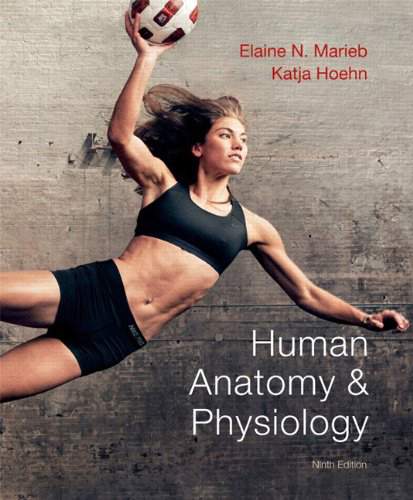Connecting...

For more information, please see full course syllabus of Anatomy & Physiology
Anatomy & Physiology Articulations (Joints)
Joints can be completely immovable (synarthrosis); slightly movable (amphiarthrosis); or freely movable (synovial or diarthrosis). Immovable joints connect the parts of the skull at the sutures and connect the teeth to the jaw at the gomphoses. Partially movable joints include the connections between the ribs that allow for expansion when breathing. Types of slightly movable amphiarthroses include syndesmosis and symphysis. Synovial joints include elbows, knees, and knuckles. They contain articular cartilage, joint capsules, synovial membranes, bursae, spongy/compact bone, and a periosteum. Synovial joint movement can be described as flexion/extension as well as abduction/adduction, supination/pronation, depression/elevation, retraction/protraction, and circumduction. Types of synovial joints include hinges, pivots, gliding, ellipsoid, saddle, and ball and socket. Joint disorders include arthritis, bunions, bursitis, dislocations, and hyperextensions. This lecture also includes the anatomy of the knee.
Share this knowledge with your friends!
Copy & Paste this embed code into your website’s HTML
Please ensure that your website editor is in text mode when you paste the code.(In Wordpress, the mode button is on the top right corner.)
- - Allow users to view the embedded video in full-size.










































 Answer Engine
Answer Engine



0 answers
Post by Justin Huang on August 10, 2017
My knee joint is also "double-jointed" so i can move it backwards.
3 answers
Tue Nov 21, 2017 7:21 AM
Post by Justin Huang on July 16, 2017
I am double-jointed, but when I feel my arm, there seems to be a split and a second joint. The joint area is also significantly wider than others that are my age. Can you explain this scenario?
1 answer
Mon Mar 14, 2016 1:46 PM
Post by Prajwal Jagadish on March 14, 2016
How does a person become "double jointed", being able to push bend an arm over 180 degrees, and what is actually going on.